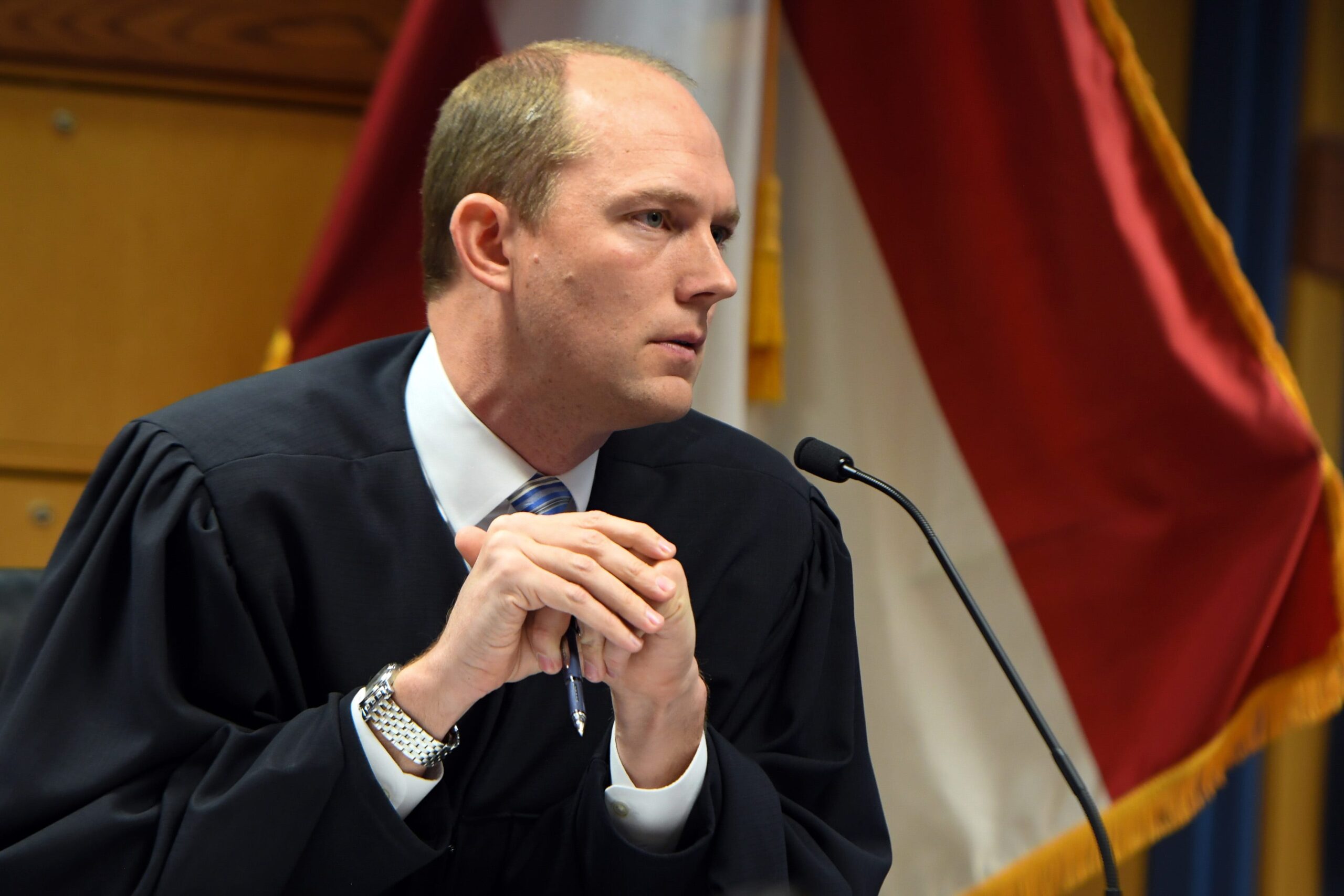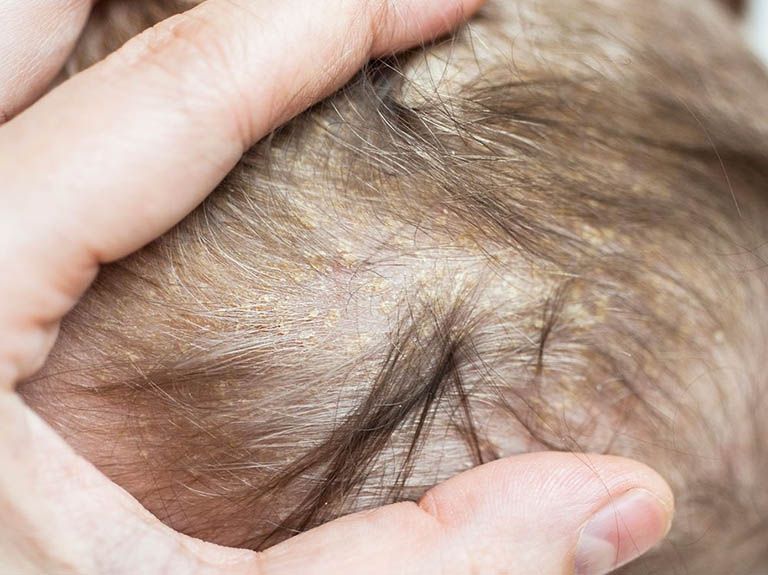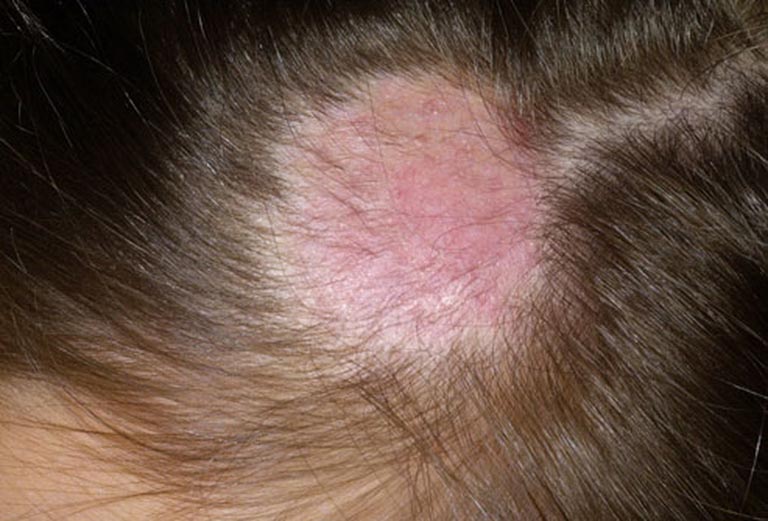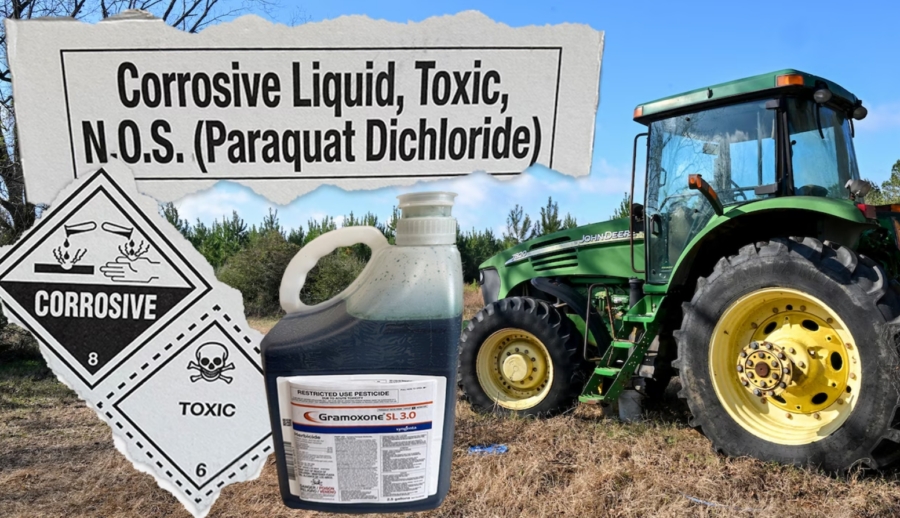
Complications of Scalp Fungal Infections in Children: A Parent’s Guide
Introduction: Scalp fungal infections, commonly known as tinea capitis, are a prevalent concern among children. While these infections may seem harmless at first, they can lead to various complications if not addressed promptly and effectively. In this article, we will explore the potential complications of scalp fungal infections in children and highlight key points for parents to be aware of.

- Spread of Infection: One of the primary concerns with scalp fungal infections in children is the potential for rapid spread. Fungi responsible for these infections thrive in warm and moist environments, making the scalp an ideal breeding ground. Without proper treatment, the infection can spread to other areas of the body and even to other children through direct contact.
- Secondary Bacterial Infections: Scratching the affected area is a common response to the itching associated with scalp fungal infections. Unfortunately, this can lead to breaks in the skin, creating an entry point for bacteria. Secondary bacterial infections may occur, complicating the initial fungal infection and requiring a more comprehensive approach to treatment.
- Permanent Hair Loss: In severe cases, if the fungal infection is left untreated or if the chosen treatment is ineffective, permanent hair loss may occur. The fungus can damage hair follicles, leading to scarring and irreversible hair loss. This emphasizes the importance of early detection and appropriate medical intervention.
- Psychosocial Impact: Beyond the physical complications, scalp fungal infections can have a significant psychosocial impact on children. The visible symptoms, such as redness, scaling, and hair loss, may lead to feelings of embarrassment and self-consciousness. Addressing the infection promptly not only prevents physical complications but also mitigates the potential emotional toll on the child.
- Chronic Infections: In some cases, scalp fungal infections can become chronic, recurring despite initial treatment. This may indicate resistance to antifungal medications or incomplete eradication of the fungus. Chronic infections require a thorough evaluation by a healthcare professional to determine the most effective course of action.
- Family and Community Concerns: Scalp fungal infections are highly contagious, and children often come into close contact with family members and peers. Parents should be vigilant to prevent the spread of the infection within the household and community. Educating family members and caregivers about proper hygiene practices can play a crucial role in containing the infection.

Conclusion: While scalp fungal infections in children are common, parents must be aware of the potential complications that can arise if not addressed promptly. Early detection, effective treatment, and preventive measures are key to minimizing the impact of these infections on a child’s health and well-being. If parents suspect a scalp fungal infection, seeking prompt medical attention is crucial for a timely and successful resolution.
How to deal with scalp fungus?
1. Scalp fungus
Scales peel off the scalp forming a temporary bald patch. This disease causes itching, the patient can have fungal skin infections in other locations (inguinal, buttock, nail).
1.2 Trachoma (hair eggs) caused by the fungus Pierdraiahortai and Trichosporon beigeli Characterized by along the hair shaft, from 2-3 cm from the base of the hair, there are soft round seeds (almost the size of millet), black or brown and can shed like lice eggs. This disease does not cause hair loss because the mycelium grows only in the hair shaft, which may cause mild discomfort or itching. Diseases often arise from poor personal hygiene.
The source of scalp fungal disease is mainly humans, in addition, it can be from some animals such as dogs and cats. Fungi can persist on contaminated materials. The disease is spread directly from the skin, through the skin, but the most common way is indirectly through sharing combs, hats, pillows… with sick people.
To make a diagnosis, in addition to relying on clinical symptoms, it is necessary to do tests: Fresh examination of the specimen is a scalp scaly patch or a substance on the hair. Culture in agar medium to diagnose the fungus and have an appropriate treatment regimen.

2. Effective treatment of scalp fungus
If it gets worse, after washing, you should cover your hair with a towel (pay attention when you wash your hair, don’t scratch or scratch it, causing local skin abrasions, creating conditions for bacterial superinfection)
Or you can cut all your hair. If the scalp is affected by fungus, apply a topical fungicide daily. If the lesion is infected with bacteria, apply topical antiseptic, systemic antibiotics can be used in combination.
Drug treatment options:
When topical treatments with antifungal creams and shampoos don’t work, your doctor will prescribe oral antifungal medications. The antifungal medication Griseofulvin is taken by mouth for 6–8 weeks. Patients should take Griseofulvin with a high-fat meal to enhance absorption. Griseofulvin may cause nausea or stomach upset in children. Terbinafine, Itraconazole and Fluconazole are commonly used fungicides. However, the duration of treatment for some of these drugs may be shorter, 2 to 4 weeks. Both Ketoconazole and Fluconazole can cause colic in the baby, so they should be used with caution. For scalp inflammation caused by Microsporum spp., Griseofulvin has been shown to be superior for treatment, while Terbinafine is better for Trichophyton spp. infection.
3. Remedies to reduce scalp fungus





:max_bytes(150000):strip_icc():focal(721x269:723x271)/tooth-in-eye-surgery-091325-26999b6c64f14d2ba72d4306a52a8d19.jpg?w=1200&resize=1200,0&ssl=1)


















:max_bytes(150000):strip_icc():focal(762x596:764x598):format(webp)/Travis-Kelce-in-Taylor-Swift-Concert-110324-cf9ee70ff9474608b650117443acb466.jpg?w=1200&resize=1200,0&ssl=1)









:max_bytes(150000):strip_icc()/GettyImages-216767353221-3bc075f308e4475c975ccdcf2c607f25.jpg?w=1200&resize=1200,0&ssl=1)
:max_bytes(150000):strip_icc():focal(749x0:751x2)/jimmy-kimmel-donald-trump-121625-d4d7d69414e34259a91087e5874f74a9.jpg?w=1200&resize=1200,0&ssl=1)
:max_bytes(150000):strip_icc():focal(960x498:962x500)/Angelina-Jolie-Gotham-awards-120224-2-a4864f8361dc4201bc37e5829989a9f2.jpg?w=1200&resize=1200,0&ssl=1)






